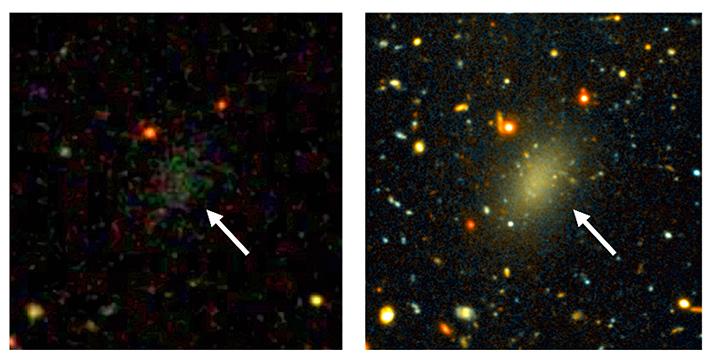The shape of a lost habitat goes a long way toward predicting the future of species extinction and biodiversity, according to a new study.
Area loss is obviously a critical factor for biodiversity within an ecosystem, researchers say, but so is the geometry of that lost habitat. In fact, that geometry may separate the species that see swift change from those that experience slower change, they say. These species may differ in other attributes, too.
“The relationship between the size of an area and its species richness has been considered one of the few law-like ecological relationships and has been used by conservationists to gauge potential extinctions as habitable area is lost. Our study shows that any such applications require a much more nuanced approach,” says Walter Jetz, an associate professor of ecology and evolutionary biology at Yale University, and director of the Yale Program in Spatial Biodiversity Science and Conservation.
“As we show, the specific way suitable areas are lost is absolutely critical for predicting species losses and, moreover, the impact varies with species’ functional and evolutionary role,” says Jetz, coauthor of the new study in Nature Communications.
The researchers looked at extensive data for birds, mammals, and amphibians on four continents—North and South America, Africa, and Asia—in their analysis.
They found that species and biodiversity loss is greatest when a habitat is nibbled away from the outside and losses move inward. All facets of biodiversity suffer less when habitat loss starts in the center and moves outward. The effects are least severe when a habitat dwindles in random pockets.




